This in-depth article explores the symptoms, causes and treatments for seven prevalent eye disorders, including refractive errors, age-related macular degeneration, cataract, diabetic retinopathy, glaucoma, amblyopia and strabismus. Learn what screening and management options can help reduce vision loss risks.
Refractive Errors
Refractive errors are the most common vision problems in the United States, affecting over 150 million Americans. There are four primary types: myopia (near-sightedness), hyperopia (far-sightedness), astigmatism (blurred vision at all distances), and presbyopia (difficulty focusing on close objects after age 40).
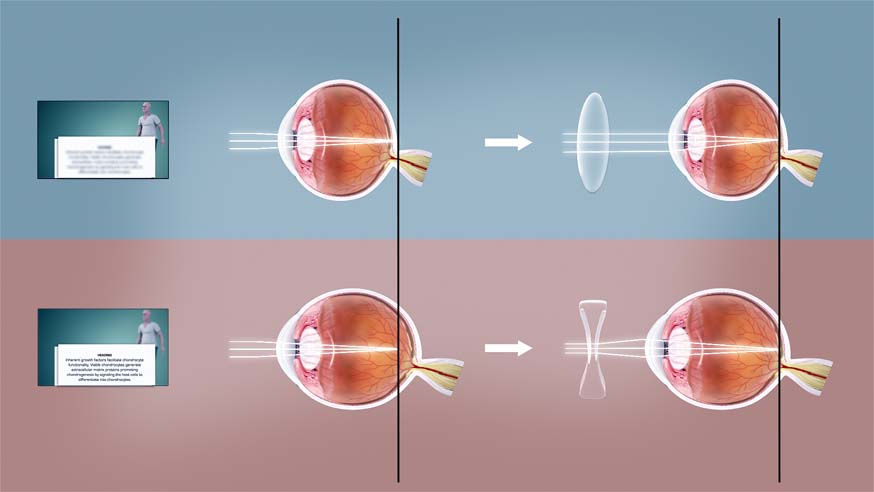
Myopia occurs when the eyeball is slightly elongated, causing distant objects to appear blurred because the light focuses in front of the retina instead of upon it. Hyperopia is the opposite – the eyeball is shorter than average, so light focuses behind the retina and close objects appear blurred.
Astigmatism develops due to an irregularly curved cornea or lens. This causes distorted vision at all distances due to the light focusing at more than one point on the retina. Finally, presbyopia develops with age as the crystalline lens loses elasticity, making it harder to flex and focus on near objects.
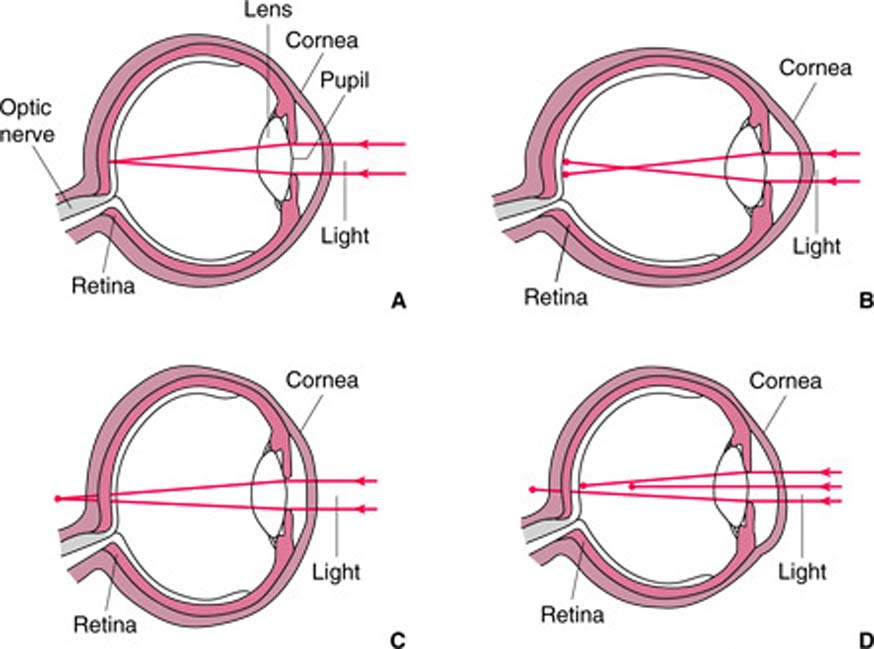
Fortunately, all refractive errors can be effectively corrected through glasses, contact lenses or refractive surgery options like LASIK or PRK to reshape the cornea. Proper correction improves vision for over 150 million Americans and is an important preventative measure.
Age-Related Macular Degeneration
Age-related macular degeneration (AMD) is a leading cause of blindness in older Americans. The macula is a small spot near the center of the retina that provides sharp, straight-ahead vision needed for reading, driving and seeing fine details. AMD damages this macular region over time.
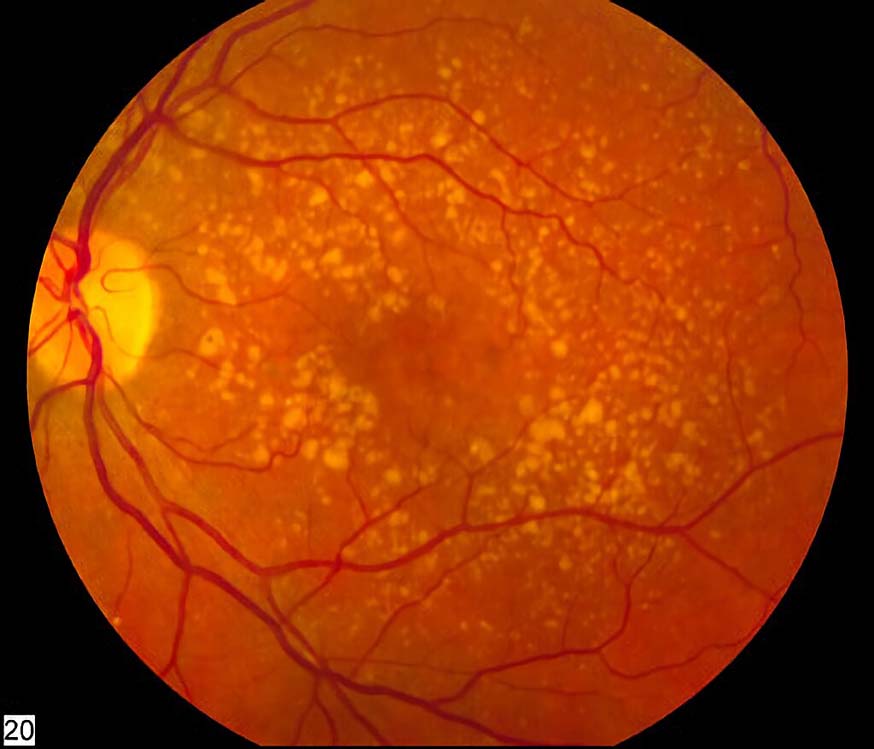
There are two types of AMD – wet and dry. Dry AMD is more common, affecting around 85-90% of cases. It involves thinning and breakdown of the macula. Symptoms may include blurry or wavy vision. Wet AMD is more severe, accounting for advanced vision loss. It occurs when abnormal blood vessels grow underneath the retina and leak blood/fluid. This causes rapid damage to the macula and central vision loss within weeks.

Early symptoms are usually nonexistent, but some may notice straight lines appearing wavy or distorted. Risk factors include increasing age, family history, smoking, obesity and light skin/eye color. Prevention focuses on not smoking, eating a healthy diet high in leafy greens like kale and collard greens plus fish, and taking eye exams regularly after age 60.
Cataracts
A cataract is a clouding of the normally clear ocular lens that worsens vision over time. As the lens ages, its proteins can clump together, causing cloudy patches that interfere with light entering the eye. Risk increases with age, family history, excessive UV exposure, smoking, diabetes, obesity, corticosteroid use and eye trauma or radiation exposure.
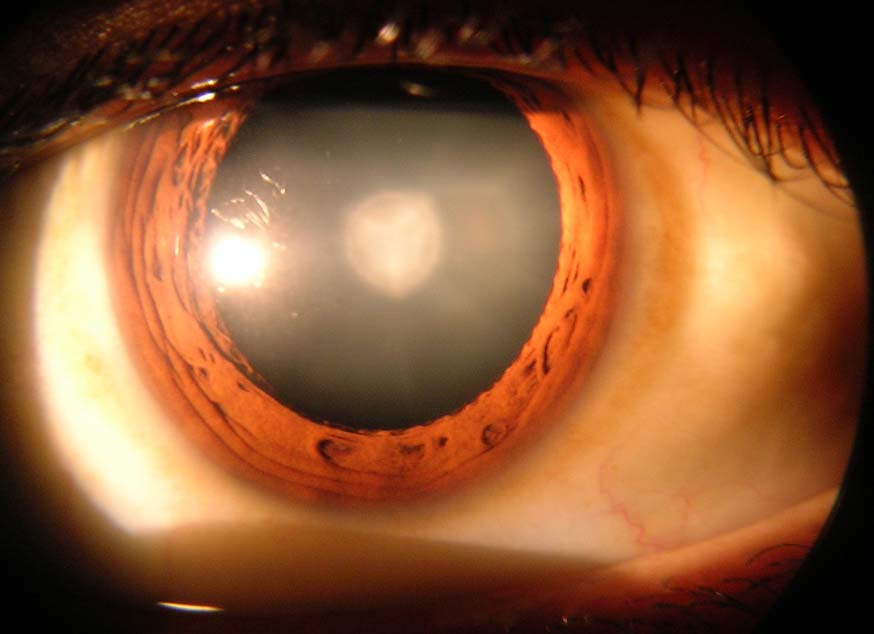
Symptoms progress slowly and include blurry or faded vision, sensitivity to light/glare, color vision impairment and worsening nearsightedness. Since the lens handles focusing, cataracts typically cause multiple vision problems simultaneously. Exams reveal an opaque, yellowed lens instead of the usual transparency.
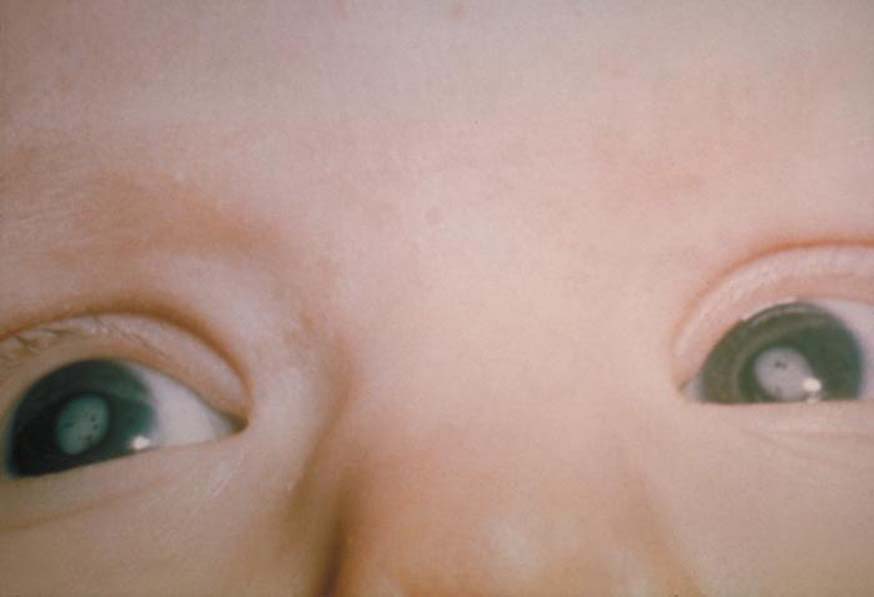
Treatment involves surgically removing the cataractous lens and replacing it with an artificial intraocular lens. This restores sharp vision in over 95% of cases. Cataract surgery is very common, low-risk and effective for improving quality of life and reducing falls/injuries from decreased visual acuity.
Diabetic Retinopathy
Diabetes is a leading cause of blindness among working age adults due to retinal damage from prolonged hyperglycemia. As diabetes duration increases risk grows, with over 60% of patients developing some retinopathy within 20 years of diagnosis. High blood pressure and kidney disease paired with diabetes also raise risks significantly.
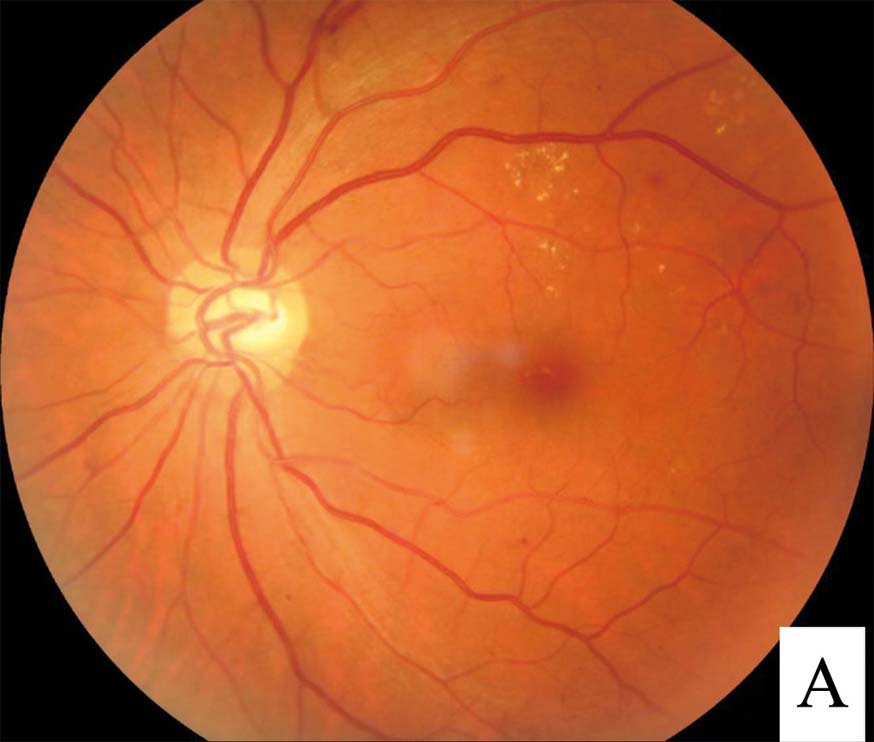
Early stages involve microaneurysms, hemorrhages and cotton-wool spots as blood vessels swell and leak. Proliferative retinopathy develops as ischemia stimulates new blood vessel growth – but these vessels are abnormal and fragile, leaking blood/fluid into the vitreous. This causes blurry or distorted vision along with floaters/dark spots.

Diabetic retinopathy is usually asymptomatic until advanced stages. Monitoring involves dilated eye exams from time of diagnosis onward, to detect proliferative changes or macular edema requiring prompt laser treatment, anti-VEGF injections or possibly vitrectomy surgery. Tight glucose and blood pressure control along with managing other risk factors can slow progression.
Glaucoma
Glaucoma encompasses a group of diseases affecting the optic nerve due to high intraocular pressure (IOP). Elevated pressure damages the optic nerve over time, impairing peripheral and central vision. Open-angle glaucoma is the most common type, affecting over 3 million Americans. It develops silently with pressure remaining normal to high-normal levels.

Angle-closure glaucoma is a medical emergency as it causes sudden eye pain, blurred vision and headache. It happens when the eye’s drainage angle becomes blocked by the iris, trapping fluid inside and sharply raising IOP. Treatment focuses on permanently opening the drainage angle to relieve pressure.
Exact causes of high IOP aren’t fully clear – some genetics, eye structure variations and other factors may be involved. While most have no symptoms initially, late signs include lost peripheral vision and occasionally halos around lights or loss of detail vision. Dilated eye exams are crucial, along with monitoring pressure and structural changes in the optic disc and nerve fiber layer over time.

Many cases can be effectively managed long term through prescription eye drops, oral medications, laser or microsurgery depending on severity. Early detection and treatment gives the best chances of preventing permanent vision loss or even blindness from glaucoma.
Amblyopia
Amblyopia, often called “lazy eye,” affects approximately 3-5% of children. It arises during early visual development when one eye receives blurrier images than the other due to uncorrected high refractive error, strabismus, cataract or other conditions. This causes the brain to favor the clearer-seeing eye while downgrading input from the weaker eye.

Unless detected and treated promptly with occlusion therapy (patching the strong eye), permanent vision loss results in the amblyopic eye due to suppression by age 8-10. Reduced acuity may range from barely noticeable to severe depending on patching efforts. Symptoms are minimal – the eye appears normal externally but has reduced central and/or peripheral vision that cannot be fully corrected with glasses.

Screening tests at well-child checks aim to catch deviations or eye turns before amblyopia sets in. Patching the stronger eye forces dependence on the amblyopic eye, training the brain/visual pathways and often improving sight to a full 20/20 or better with early treatment. Monitoring is key to success.
Strabismus
Strabismus causes eyes to misalign instead of working together properly. Common types are esotropia (crossed eyes) or exotropia (wandering outward eye). Causes can include high refractive errors, imbalanced or impaired extraocular muscles, or congenital factors in young infants.
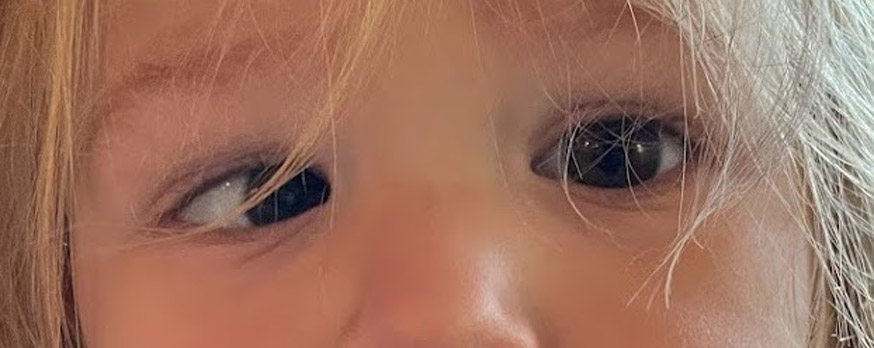
Symptoms involve eyes that do not track together with double vision, head tilting, preference for one eye or laziness in the turned eye. Strabismus raises risks for amblyopia and stereoscopic vision loss due to lack of coordination during visual development. Early surgery by ages 1-6 before suppression sets in gives the best results.

Long term patching or eye exercises, prisms and occasionally additional surgeries help align eyes and maintain binocular vision over the child’s growing years. Permanent suppression from untreated or longstanding strabismus generally cannot be overcome, though some regained binocularity has been achieved even into adulthood in select cases with intensive vision therapy.
Conclusion
The seven most prevalent eye conditions – refractive errors, age-related eye diseases, amblyopia, strabismus and others like diabetic retinopathy and glaucoma – represent leading causes of vision impairment. Recognizing symptoms and promoting awareness can empower individuals to seek prompt exams and treatment to maximize sight preservation.

Early detection through screenings and careful monitoring from specialists gives the best chances of fully correcting refractive errors, improving deviant eye alignment before suppression sets in, slowing disease progression through management, or surgically restoring vision impaired by cataracts. With cooperation between eye care providers and patients, serious vision loss risks from common conditions can often be reduced or eliminated altogether through evidence-based treatments.



